Scaling Issues and Design of MEMS
Preface. Introduction. 1. Scaling of MEMS. 1.1 Introduction to Scaling Issues. 1.2 Examples of Dimensional Scaling Potentials. 1.2.1 Scaling effects on a cantilever beam. 1.2.2 Scaling of electrostatic actuators. 1.2.3 Scaling of thermal actuators. 1.3 Motivation, Fabrication and Scaling of MEMS. 1.4 Scaling as a Methodological Approach. References. 2. Scaling of Microactuators - an Overview. 2.1 Electrostatic Actuators. 2.1.1 Transverse combs modelling. 2.1.2 Lateral combs modelling. 2.2 Magnetic Transducers. 2.2.1 Magnetic actuators. 2.2.2 Ferromagnetic transducers. 2.3 Thermal Actuators. 2.3.1 Thermomechanical actuators. Acknowledgements. References. 3. Scaling of Thermal Sensors. 3.1 Thermoelectric Sensors. 3.2 Application: Dew-Point Relative Humidity Sensors. 3.2.1 Device structures and operating principles. 3.2.2 Device modelling and simulations. 3.2.3 Device design. 3.3 Conclusions. Acknowledgements. References. 4. Inductive Sensors for Magnetic Fields. 4.1 Inductive Microsensors for Magnetic Particles. 4.1.1 Integrated inductive sensors. 4.1.2 Planar differential transformer. 4.1.3 Signal-conditioning circuits. 4.1.4 Simulation of the planar differential transformer. 4.1.5 Experimental results. 4.2 Magnetic Immunoassay Systems. Acknowledgements. References. 5. Scaling of Mechanical Sensors. 5.1 Introduction. 5.2 Device Modelling and Fabrication Processes. 5.2.1 Fabrication processes. 5.2.2 Devices modelling. 5.2.3 Accelerometers. 5.2.4 Resonant mass sensors. 5.3 Experimental Device Prototypes. 5.3.1 CMOS devices. 5.3.2 SOI devices. 5.3.3 Finite element modelling. 5.4 Scaling Issues on Microaccelerometers and Mass Sensors. 5.5 Some Experimental Results. 5.6 Vibrating Microgyroscopes. 5.6.1 Coupled vibratory gyroscopes. Acknowledgements. References. 6. Scaling of Energy Sources. 6.1 Introduction. 6.2 Energy Supply Strategies for Autonomous Microsystems. 6.2.1 Use of microlenses in photothermomechanical actuation. 6.2.2 Technologies, materials and design of photothermomechanical actuators. 6.3 Photothermomechanical and Photothermoelectric Strategies for Highly Efficient Power Supply of Autonomous Microsystems. 6.3.1 Photothermoelectric power generation. 6.4 Efficiency of the Combined Energy Supply Strategy 166. References. 7. Technologies and Architectures for Autonomous MEMS Microrobots. 7.1 Design Issues in Microrobots. 7.2 A Microrobot Architecture Based on Photothermal Strategy. 7.3 A Microrobot as a Paradigm for the Analysis of Scaling in Microsystems. References. 8. Moving towards the Nanoscale. 8.1 Semiconductor-Based Nano-Electromechanical Systems. 8.2 Nanofabrication Facilities. 8.3 Overview of Nanosensors. 8.3.1 Use of AFM for materials and nanodevices characterization. 8.3.2 Scanning thermal microscopy (SThM). 8.3.3 Scanning Hall probe microscopy. 8.3.4 Mechanical resonant immunospecific biological detector. 8.3.5 Micromechanical sensor for differential detection of nanoscale motions. 8.3.6 Nanomagnetic sensors. 8.3.7 Nano-wire piezoresistors. 8.3.8 Nanometre-scale mechanical resonators. 8.3.9 Electric charge mechanical nanosensor. 8.4 Concluding Remarks. References. 9. Examples of Scaling Effects Analysis - DIEES-MEMSLAB. 9.1 Introduction. 9.2 Examples of Scaling Cantilever Beam Devices. 9.3 DIEES-MEMSLAB-Tutorial. 9.3.1 Introduction. 9.3.2 Descriptions of the microstructures and analytical methods. 9.4 Conclusions. References. 10. Concluding Remarks. Index.
{{comment.content}}
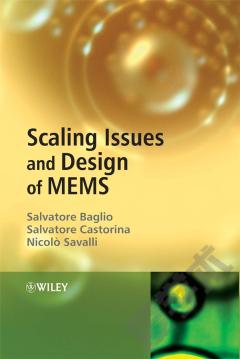
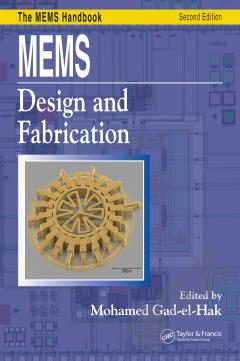
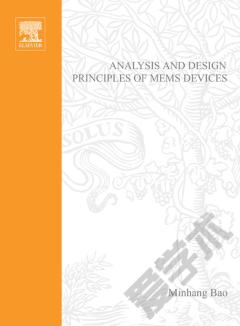

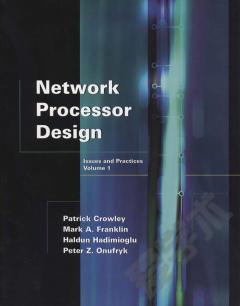
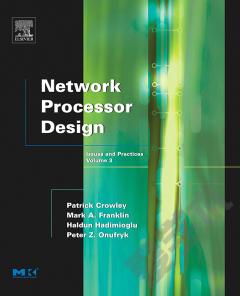


 京公网安备 11010802027623号
京公网安备 11010802027623号